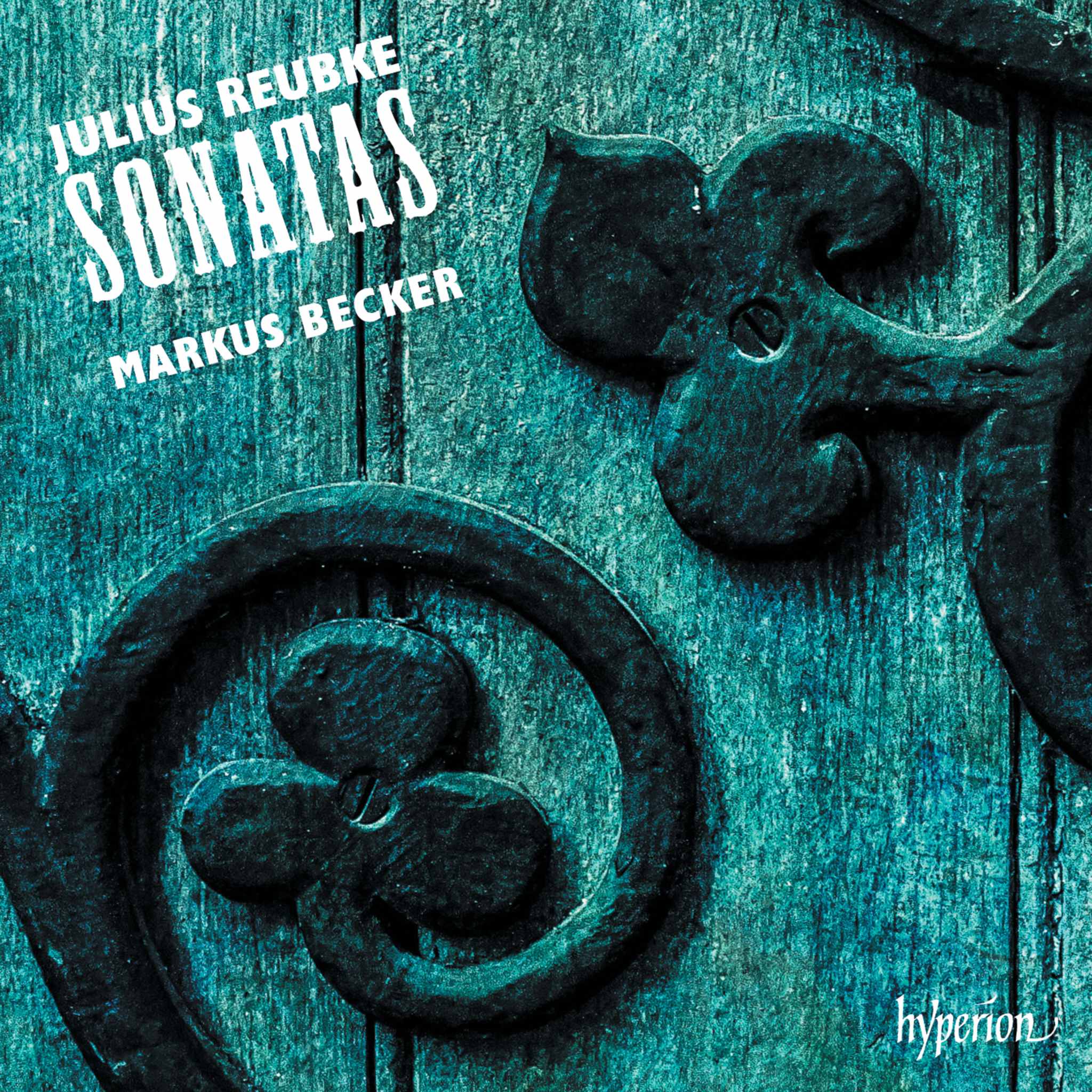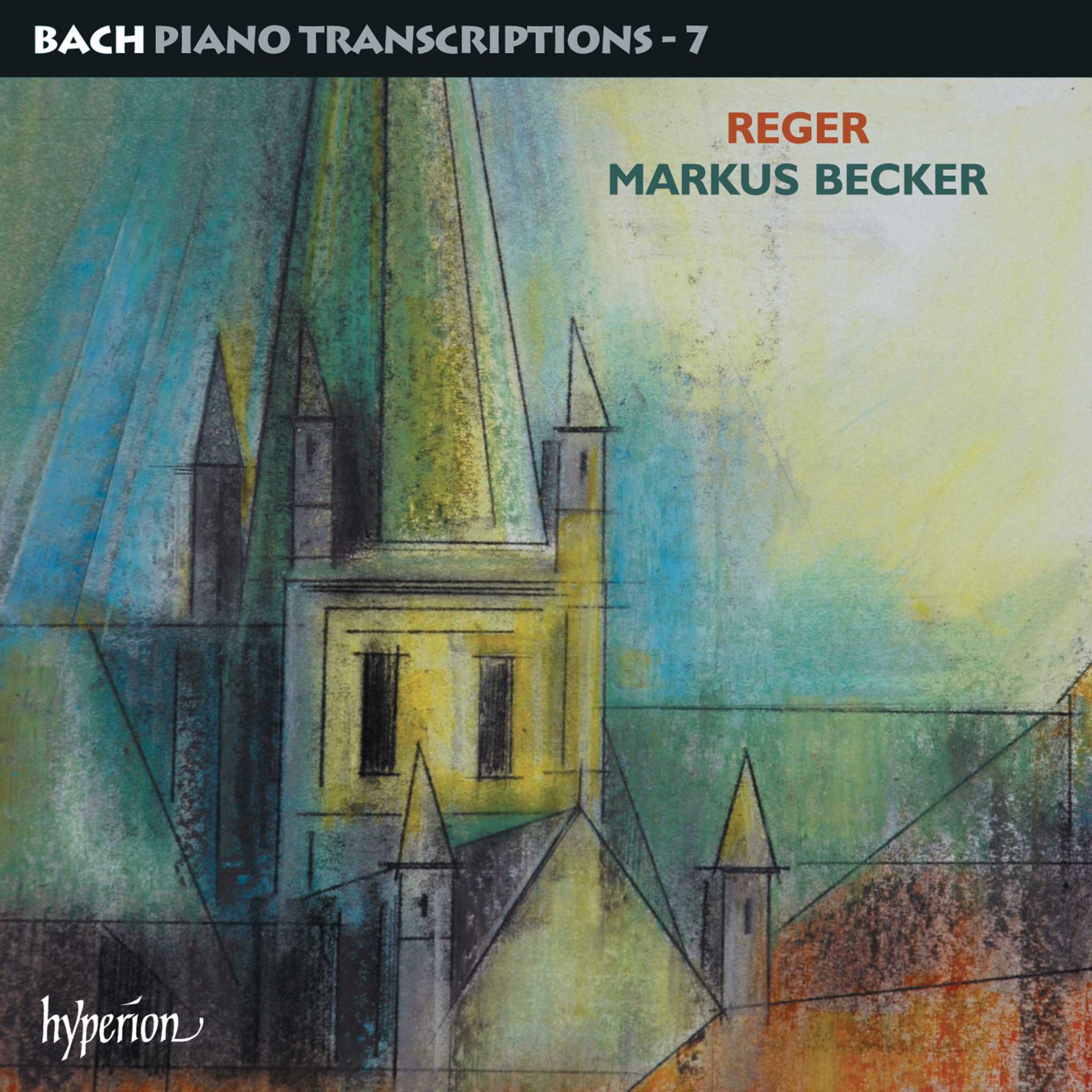Album insights
This recording marks the conclusion of a three-part series of songs and motets from the French ars nova, which began with "The Medieval Romantics" (Helios CDH55293) and continued with "Lancaster and Valois" (Helios CDH55294). The title of this third recording is perhaps the most appropriate, as French poets and composers of the 14th century indeed considered love as a subject of study. The cover illustration serves as an example of how poets of that era often portrayed themselves as reclusive individuals who derived their knowledge of love solely from books. This gives insight into the scholastic touch found in many Rondeaux, Virelais, or especially the Ballads of the 14th century.
The musical elements displayed in these pieces are considerable. Songs like "Puis que l’aloe," "La grant biauté," "Combien que j’aye," and "Renouveler me feïst" exhibit smooth melodies, varying musical phrases of unpredictable lengths with flashes of musica ficta tonal coloring loved by ars nova composers. Noteworthy are the several four-voice songs, particularly the anonymous "Jour a jour" and "Le basile" by Solage, expressing a desire for sweet and consonant harmony tainted by brief dissonant moments, prevalent in 14th-century French four-voice compositions.
Guillaume Machaut is featured across all three recordings. Pieces like "Trop plus / Biauté paree / Je ne suis" present a multi-part motet that nearly invites a lightning-fast rendition. Songs like "Dame, je vueil endurer" and "Se mesdisans" unveil Machaut's unique musical language, while compositions like "Tres bonne et belle" showcase distinctive dissonant coloration typical of the ars nova era.
"Il me convient," dating back to the early 15th century, stands out among a small group of songs for two equal voices. Concluding with Pycard's "Gloria," it appears that Pycard, presumably French, though known only through the English Old Hall Manuscript, showcases a style reminiscent of the French ars subtilior. This Gloria, rhythmically, is perhaps the most complex composition within medieval Mass music, displaying a remarkable depth of notation and isorhythm deserving further analysis.






